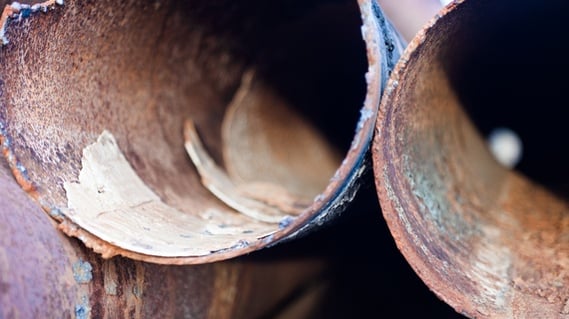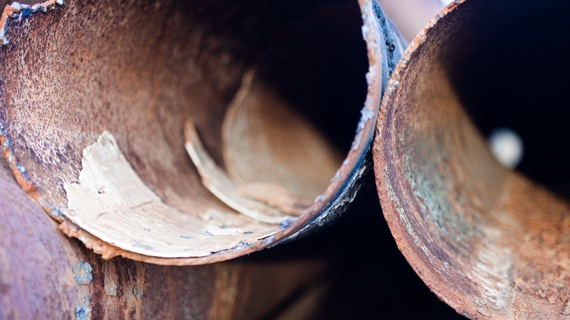
In the UK, safeguarding against bacteria and harmful pathogens in water systems is a legal requirement. The appointed person at each property must oversee the installation, monitoring and maintenance of the system to make sure standards are being followed and the risk of bacteria is kept to a minimum. A core part of this will involve carrying out regular risk assessments, the results of which will determine the appropriate action to be taken.
If there is a suspected risk of bacteria being present in the system, a full pipework disinfection is amongst the remedying procedures. The disinfection will involve dosing the system with a chemical, most commonly chlorine, to kill the pathogen. The process usually takes an hour, however, this differs depending on the system and the concentration of chlorine used.
There are regulatory guidelines that detail how the disinfection should be carried out. The British Standards publication BS8558 is commonly referred to for technical advice and is used as a benchmark for achieving water safety.
Disinfection is not always necessary or required - in many cases, and especially if there is no risk of bacteria, a flushing of the system will suffice. The BS8558 provides further guidance on this subject, and makes note of the instances in which you may or may not need to perform a disinfection on your system.
When you definitely need to disinfect your pipework:
- any new installations under the Water Supply (water fittings) Regulations 1999 require that pipe work must be disinfected before connection;
- in cases of major alterations or extension work to the system;
- if contamination is suspected or confirmed by a risk assessment;
- where any part of the system is dormant or used irregularly.
The disinfection procedure is usually carried out by a professional who has the specialist equipment and breadth of knowledge required to perform it correctly. Taking the wrong approach could result in dangerous complications – for example, too much chlorine can damage system parts.
Request a free quote – one of our experts can draw up a plan with cost estimation to help you achieve complete water safety and compliance.







